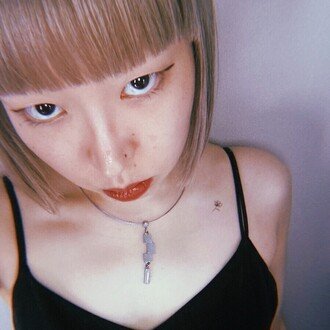
Dig Japan vol.44 “Fukuume (福梅)”
Dig Japan is a series in which I research and introduce in English topics related to traditional Japanese culture that interest me. In this article, I will introduce fukuume.
Fukuume is a plum blossom-shaped monaka that is coated with sugar and filled with azuki bean paste mixed with starch syrup. It is a New Year's sweet that has been enjoyed since ancient times in Ishikawa Prefecture and parts of Toyama Prefecture. There are various theories about its origin, including one that it resembles the shape of the plum, which is the family crest of the Maeda clan, the lords of Kaga Domain, and another that it was inspired by the mochi sweet “Kankobai” served at the tea ceremony during the Kitano Tenmangu Shrine's grand festival.

Fukuume is a plum blossom-shaped monaka that is covered in sugar and is mainly red and white in color. It is harder than regular monaka, and the azuki bean paste inside contains starch syrup to help it last longer. In recent years, it is also sold in smaller pieces that can be eaten in one bite, as well as ones filled with white bean paste.
Fukuume, along with Tsujiura (wagashi containing fortune-telling paper) and Fukutoku (monaka-like wagashi containing a lucky doll), is a confectionery that represent Kanazawa, and is popular as New Year's sweets throughout Ishikawa Prefecture and in some areas of Toyama. It is mainly sold in wagashi shops in Kanazawa from mid-December Matsunouchi (the period from New Year's Day to the 7th), but in recent years it has also become available at convenience stores in Ishikawa Prefecture. The flavors vary slightly depending on the shop.
There are various theories about its origin, including that it was based on the Maeda family crest, the “Kenbaibachi (剣梅鉢),” or that it was inspired by “Kankobai (寒紅梅)” served at tea ceremonies at Kitano Tenmangu Shrine, which enshrines Sugawara no Michizane, who is said to be the ancestor of the Maeda family. However, it is generally speculated that it was presented as a gift by the Senke family in Kyoto to the Kaga residence in the same area, which was then brought to the Kanazawa castle town, and as it spread, it came to be said to be “an imitation of the Maeda family crest.”
This article was written by 𝐡𝐢𝐫𝐨𝐤𝐨, working as a freelance translator and PR for overseas apparel brands in Japan, with the aim of broadening her own knowledge of traditional Japanese culture and spreading it to the world.
いいなと思ったら応援しよう!

